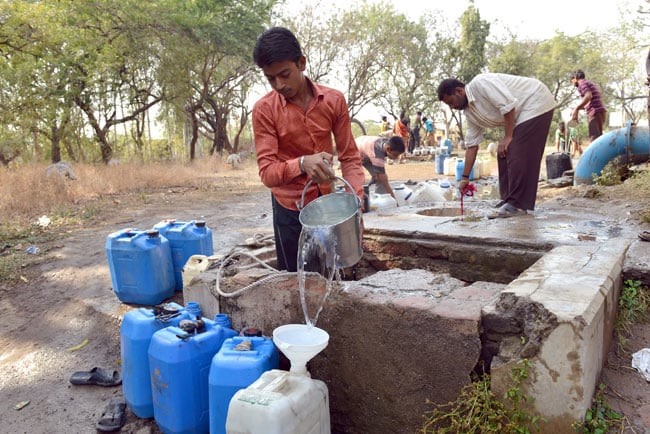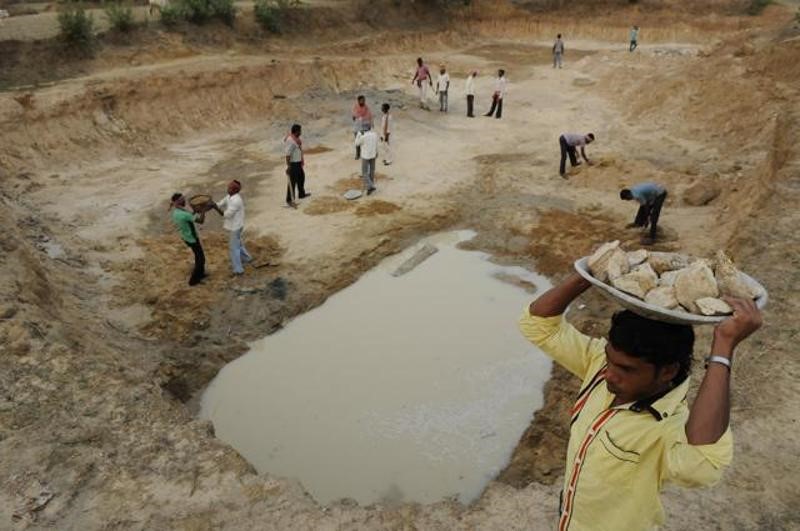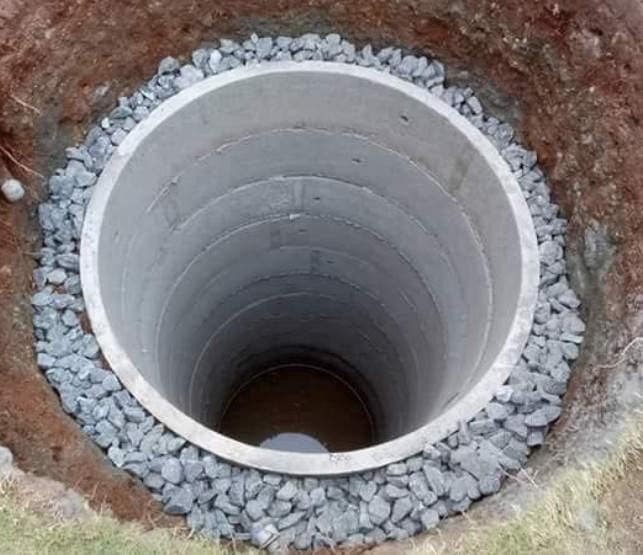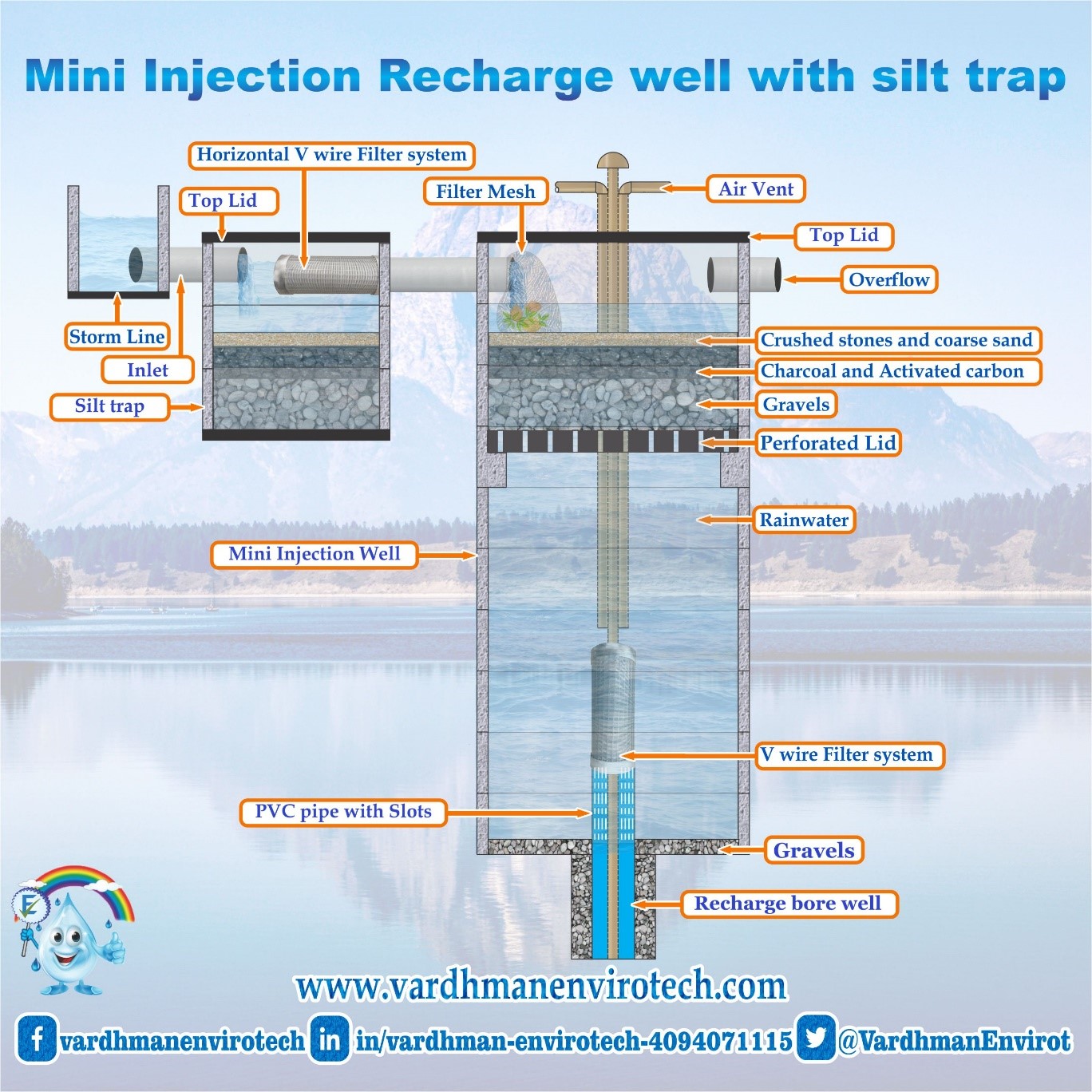Half the wells in this village have dried up and villagers here have now invited Pune-based Paranjya to help set up two rainwater harvesting plants.

Photo Credit: India Today
PUNE: The drought-hit Kamkhera village in Beed taluka is all set to try rainwater harvesting, hoping it would end the dry spell. Half the wells in this village have dried up and villagers here have now invited Pune-based Paranjya to help set up two rainwater harvesting plants.
Paranjya, that has introduced several residential societies in Pune to rainwater harvesting as an effective and simple technique to conserve water, will travel to Beed on May 13 to educate villagers on its benefits of storing rainwater and recharging groundwater aquifers.
Kamkhera’s 6,000-odd villagers currently make do with water from three government tankers which come from the nearby reservoir daily. Of the 20 borewells in the village, each dug 250 feet deep, nearly half have completely dried up. The others, with their daily yield of about 1,000 litres each, hardly meet the village’s need.
Rainwater harvesting, premised on directly injecting the existing borewells with collected rainwater, could prove to be the breakthrough against drought in the region, believes Shashikant Dalvi, the brain behind Parjanya, who has been invited by the village panchayat to help set up rainwater-harvesting plants on an experimental basis. “The village already has borewells, but their yield has gone down. So far, the villagers have been allowing the rainwater to drain away. I will meet them and explain the importance and process of collecting it and recharging their borewells with it. We will set up two rainwater harvesting plants in the village on an experimental basis. Once the rains come, the benefits will be visible immediately in the form of a recharged groundwater table, which could help yield water for larger parts of the year,” Dalvi says.

Photo Credit: SANDRP
Dalvi, who will also conduct a workshop on the method of the plant’s installation for the villagers, is confident of the response. “Rainwater harvesting is a practical and long- term solution to water scarcity. I hope to involve local engineers, teachers and even doctors to help educate the villagers. Once we do that, the village can be self- sufficient in meeting the water needs of its people and cattle at least,” he says.

Photo Credit: IndiaMART
For the villagers, it is like a shot in the dark which they are praying will hit the target. “We are facing a water shortage year after year. So far, we did not make any use of the rainwater. But if this experiment works, we could replicate it on all the borewells in the village,” says Anees Baig, a panchayat member, who first saw a working model of rainwater harvesting in Pratapgarh, but did not know how to install it in his own village. He later contacted Dalvi through a Pune-based friend.

Parjanya, along will other like-minded organisations and individuals will also be pooling in money to set up similar projects in a village in Jalna district in the coming weeks, which too is reeling under severe drought.
Vardhman Envirotech
India’s Passionate rainwater company
This article is published on: Time of India, 8 May, 2013.
We would like to spread this for the benefit of fellow Indians.
